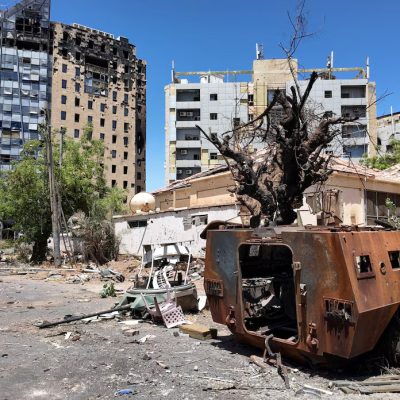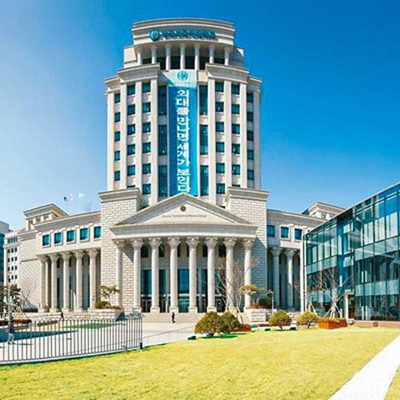11 July 2018
Introduction
I’ll outline the Middle East (ME) Term as (The Middle East and North Africa – MENA), which is “a transcontinental region extended from Iran in Western Asia to Mauritania in North Africa; 21 countries including Turkey and Sudan. It also connects to the Horn of Africa countries on economic and security wise.
Challenges and crises confronting the Middle East
The Palestinian Cause: the Israeli-American persistence on going counter the two-state solution and the consideration of Jerusalem as the capital of Israel. Meanwhile.
The Iranian Crisis: U.S. withdrawal from the Iranian nuclear agreement and the possibility of imposing new sanctions on Iran who enjoys major partnerships and investments with Asian and European states who import Iranian oil and Gas
Civil Wars: conflicts in Syria, Yemen and Libya who may be prone to geographical division.
Terrorism: the spread of terrorist organizations in the region; such as Al Qaeda (ISIS) and their affiliated terrorist groups.
The increase of external interventions, which led to partial change in the map of alliances (Turkey possibly has turned 180 degrees from its nominated position as a NATO front line of defense against Russia to an opposite position, as a temporary ally to Russia and Iran to ensure unity of Turkish territories).
The growing disparity in the balance of power in the region in favor of Israel.
Increasing regional and international competition for influence in the Horn of Africa.
Potential ramifications that may affect the Middle East and East Asia:
The success of Trump and Netanyahu in re-imposing sanctions on Iran will force many countries of East Asia – taking into account the relationship between the pace of economic and industrial growth in Asia and the increasing demand for oil – will lead to the oil and gas importing countries in East Asia specially China to rely more to the GCC countries.
I’d divide East Asia into 2 groups;
- China; who will exploit the timing (Trump strongly supports Israel and against Iran) to strengthen its economic and military relationships with Middle East Islamic nations in general, and Iran in particular. Particularly apply One Belt One Road to Iran.
- Japan, Korea and Taiwan: (the three main allies of the United States in East Asia) who will follow the footsteps of the United States, where they will refrain themselves from expanding their rosy economic relations with Iran as they have been doing in the past three years, given the serious setbacks they may face.
Impacts on the maritime movement security in the region will lead to the increase of economic and military burdens on the East Asian countries who may find themselves obliged to start or increase their military presence in the Middle East in various forms and locations. They will try to ensure the security of transit vessels in the Arab region and to address the threats against the security of energy. This military presence is to confront any sources of threats facing the Indian Ocean, the Red Sea and Bab al-Mandab strait, in addition to the Strait of Hormuz which Iran has repeatedly threatened to close.
The China’s One Belt One Road and the Japanese Indo-Pacific strategic trade initiatives expect a DIRECT strong economic and trade competition in the region between China on a side and USA, Japan India and Australia on the other side. However, both initiatives are threatened with the current increasing regional and international influence competition in the Horn of Africa, as well as with the increased tension in the Middle East and North Africa.
The growing disparity in the balance of power in the region in favor of Israel.
ISIS terrorist group remnants flee to Central and Southeast Asia; specifically Afghanistan, the Philippines, Indonesia and Malaysia is likely to threaten the future East Asian countries.
Possible terrorist attacks in East Asia region could push some of its countries to adopt tougher against the Muslim minorities to ensure that extremism and terrorist operations are not transfused within internally.
Sayed Ghoneim
Fellow, Nasser Higher Military Academy
Chairman, Institute of Global Security & Defense Affairs (IGSDA – Online)





